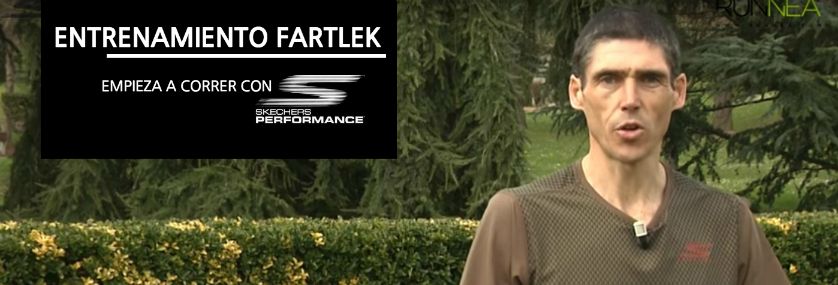We continue with our course to start running with Skechers and this time we are going to talk about fartlek. It is a training method in which we will basically play with changes of pace during the race. The variations it offers are multiple, either through different intensities, duration of the same, recoveries, unevenness of the terrain ... or the mixture of all of them.
Why do fartlek?
It would almost be enough to say that you should do fartlek because it is fun, but the improvements that it will produce are also very large: the resistance at different levels depending on the intensity at which you do it, the stride, the recoveries, the range of heart rates that will fall for the same effort, etc.. If, in addition to being fun, it is going to make you improve a lot, fartlek should not be missing in your planning.
How do I do it?
As I said before, there are many ways to train fartlek, but they all have something in common, you must warm up first.
The first one I'm going to explain is the most common, the one in which you set the number of repetitions and the time or distance for the two speeds to be combined. It is very good to start controlling rhythms, a very important aspect.
Another way of doing fartlek that I like a lot, especially for those of you who are starting to train, is this: start from a relatively comfortable pace and, from there, play around and combine changes of all distances and intensities. The duration of these changes should be variable, using trees, benches, lampposts or any other element as references. Make them short and a little strong, long and maintained, look for a slope and attack it... without following any order or sequence.
Any area will do, but if you have a park at hand, the better. And when you are ready, press the start of the GPS and / or heart rate monitor and then turn it around on your wrist so as not to see it, then at home you can analyze all the data you want: Today you will train by sensations.
Feel your pace and sensations at different speeds, how your heart rate drops during recovery and how your stride adapts when you go fast, smoothly or uphill... in short, listen to your body.
And then tell me about it.
Read more news about: Running Training


























